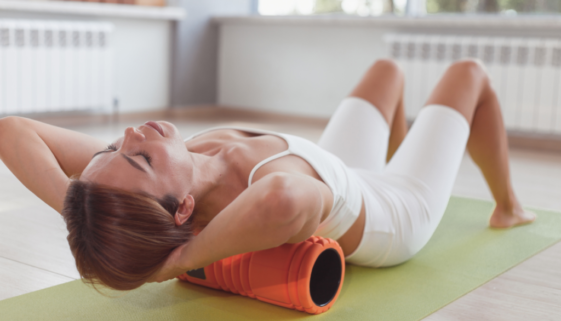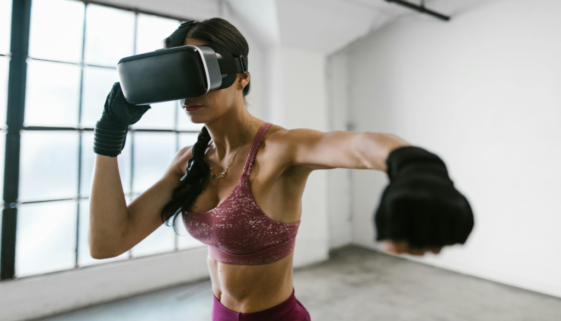Tech That Heals, Not Just Tracks: The New Wave of Wellness Innovation
For years, wellness tech has been all about tracking: counting steps, measuring sleep cycles, monitoring heart rate, and logging calories. But the future of wellness […]

For years, wellness tech has been all about tracking: counting steps, measuring sleep cycles, monitoring heart rate, and logging calories. But the future of wellness […]

You don’t have to spend a fortune to build a smarter wellness routine. From stress relief and sleep support to posture correction and hydration hacks, […]

From improving stress resilience to supporting better sleep, vagus nerve stimulation (VNS) has become a rising topic in the world of holistic and neurological health. […]

If you’ve ever tried to roll out of bed the morning after a tough workout and found yourself wincing with every step, you’ve met your […]

Mother’s Day is the perfect time to give something thoughtful, useful, and a little luxurious. And while flowers and brunch are always welcome, this year, […]

Artificial intelligence (AI) is no longer limited to sci-fi movies or Silicon Valley labs — it’s becoming a powerful player in the wellness world. From […]

Imagine burning calories, boosting your heart rate, and breaking a sweat — all while slashing zombies, dancing on a virtual beach, or climbing the side […]